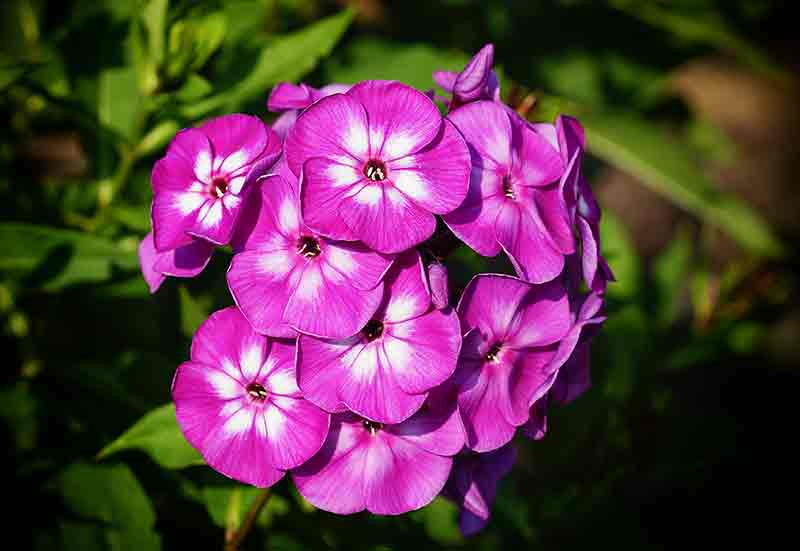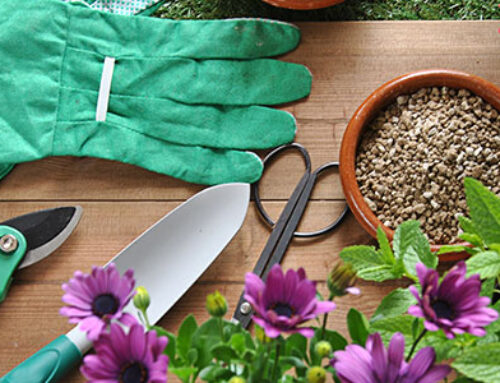Phlox is a firm favourite in English gardens for good reason. It’s easy to grow, comes in a variety of sizes and colours and provides a prolific and long-lasting splash of colour, not forgetting its pretty fragrance! In spring, the shorter and more compact varieties are most abundant. Growing to around 60cm (24€) on average, they are ideal for smaller gardens and patio containers. The taller, upright varieties can reach up to 1.2m (4ft) and are a familiar sight at the back of summer borders. Plant different varieties and care for them as described (below) and you’ll have flowers for months on end.
Colours to coordinate or contrast
Pink is the most common hue in an extensive range of colours, which includes orange red, violet purple, salmon and white. Generally leaves are a bushy dark green which accentuates the bright colours of the flower.
Partial to a bit of shade
Phlox aren’t particularly fussy plants and will grow in many conditions. For best results, however, plant in moist but free-draining fertile soil, in partial shade. A sheltered spot makes for easy aftercare, but you can grow phlox in exposed sites as long as you stake it well. Before planting, dig a hole twice the size of the pot so you’ve enough space to add a good layer of compost.
Keeping phlox in top condition
In dry summers, make sure you water regularly. This will keep the plant flowering and prevent powdery mildew. To prolong flowering, deadhead after blooms have faded. When flowering is over in late autumn, cut the stems back to the base and cover with a layer of protective mulch. Established phlox will benefit from thinning out every few years. Clumps can be divided and replanted in spring or autumn. Alternatively, remove one in every three or four shoots from the base in spring (and propagate the cuttings). Mulch after division.
Special Offer
Find your favourite phlox on sale now at Burston Garden Centre at the special price of £7.99 each or 3 for £20.00.





